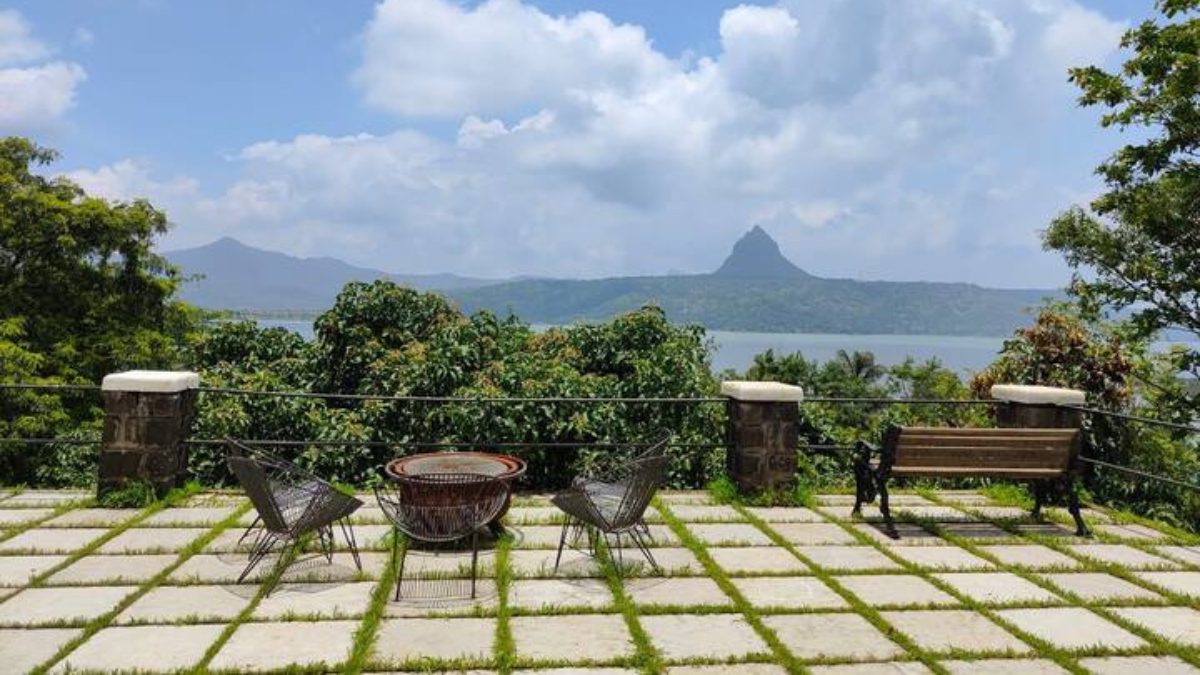Under 140 Characters
More than one-third or 36 percent of the glaciers in Hindu Kush Himalayas (HKH) will disappear by the year 2100.
What Is It?
Global warming and climate change is a real threat and it’s about time we realize it and contribute towards the betterment of the environment. More than 33%, or 36 percent of the ice sheets in Hindu Kush Himalaya (HKH) will vanish constantly 2100, and that is if a worldwide temperature alteration proceeds at the present rate of 1.5 degrees Celsius.
Yet, almost certainly, carbon discharges will increment and Earth will warm quicker, and if that occurs, 66% of the zone will be in risk. In addition, eastern Himalaya, which incorporates Sikkim, Darjeeling, Arunachal Pradesh, Nagaland, and Manipur, just as parts of Nepal, China, and Bhutan, could lose nearly its whole frosty spread in only the following 81 years. These discoveries are a piece of the Hindu Kush Himalaya Assessment, discharged on Monday. The report took five years to examine and distribute and included in excess of 350 analysts and arrangement specialists, 185 associations, 210 creators, 20 audit editors, and 125 outer commentators.
Hindu Kush Himalaya (HKH) is a zone of over 4.2 million sq km crosswise over eight nations. It traverses parts of Afghanistan, Pakistan, China, Tibet, Myanmar, Bangladesh, all of Bhutan and Nepal. In India, it incorporates the whole domain of 11 states– Jammu and Kashmir, Himachal Pradesh, Assam, Arunachal Pradesh, Sikkim, Uttarakhand, Manipur, Meghalaya, Mizoram, Nagaland and Tripura, just as Darjeeling and Kalimpong in West Bengal.
What Else?
Together with China’s Tien Shan mountains, HKH is known as the third post, as it holds the most elevated measure of ice outside the North and South Poles. This ice is significant for the 240 million individuals who live in HKH, as water from these icy masses encourages the absolute most essential waterways that begin from these mountains, including the Ganga, Brahmaputra, Indus, Irrawaddy, Yangtze, Mekong, Amu Darya and the sky is the limit from there. As the ice sheets liquefy, the water levels will rise, which could at first lead to floods. In the long run, however, the water will essentially evaporate, leaving many millions dry season stricken and extremely affecting these nations’ horticultural yield. Additionally, a reduction in the icy spread will mean rising ocean levels, undermining the living space of various creatures and clearing out the biodiversity hotspots that the mountains are well known for.
Time is running out and severe actions need to be taken by us, keeping in mind the adverse effects of environmental change on humans.
First Published: February 23, 2019 1:02 PM





